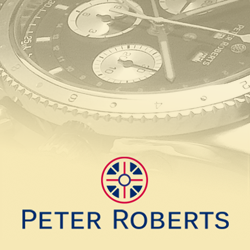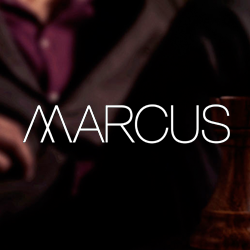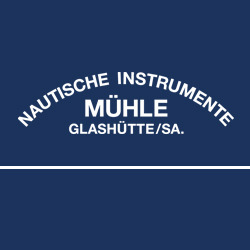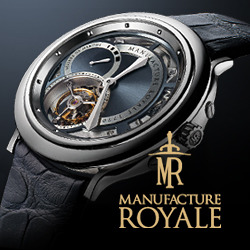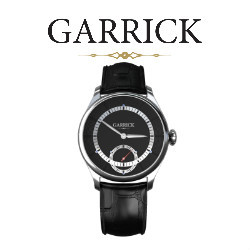10 October 2014
One description in a site I write for deems me to be an “historian,” which is understandable on the grounds that I am obsessed with the past. Fair enough: my sole contribution to hi-fi writing in book form involves histories of brands and of the field itself, while at least a third of my output in watch writing involves brand profiles or articles related to collecting vintage pieces. I am thus proud to be deemed something so respectable as an historian.
If, therefore, I am by necessity an anally-retentive, pedantic stickler for details (which isn’t to say I haven’t made errors), I am even more averse to the rewriting of history. This, of course, is standard practise in the watch universe, which revels in mock heritage and tales of brands with centuries-long histories that simply aren’t true. By my understanding, it should only apply if your brand had unbroken continuity (or perhaps small, understandable, excusable gaps) in order to justify any claims of “Depuis 17XX” or “Since 18XX”.
So we look the other way. There are brands that never made wristwatches before 1990 that boast of their centuries-long experience, while others claim credit for inventions when in reality, they bought the company that did the inventing. But one must never discuss this, because one then becomes a permanent persona non grata with that brand.
(Before I stick my neck out, it is worth saying that one would have to antagonise a different brand every day for two or three years before one has alienated the entire industry. And with the exception of one or two much-loved watch scribes, there are very few of us who haven’t blotted their copybooks with a brand or two.)
Watch company behaviour is curious but unchallenged by the press because watch companies keep the press going with advertising. Please: no gasps of “shock, horror” because that’s a fact of life in publishing, whatever the field. But woe betide the writer who reveals which Swiss brands use Chinese-made parts, which British brands claim manufacture status while not making a thing, ad nauseam.
It’s worse when the gaffe is committed by a brand one respects. My relationship with TAG Heuer has been a challenge, because it has gone from dislike to ambivalence to now holding it in genuine esteem. The latter is based on the company’s brave, bold and adventurous work with outrageous technologies and methodologies. This is a serious company indeed.
A belt-drive watch? Insane and fun and innovative, but you’d never expect it of a major manufacturer. It’s more the turf of an Urwerk or an HYT or a Richard Mille, so kudos to TAG-Heuer. Wild tourbillons, ultra-high-speed mechanical chronographs – this is a brand with guts, and the willingness to invest in areas ignored by others.
Alas, there’s always a “but”. Quite rightly, TAG-Heuer – or should that be Heuer minus the TAG – has exploited the past with unlimited vigour, but a past that it actually owns. It was one of the handful of brands that can genuinely claim the invention of the automatic chronograph (no, this is not the place to enter that debate between Zenith, Seiko and Heuer-plus-allies). Heuer was the first to realise the value of ambassadors, it made some of the coolest watches of all-time, and it has cachet that is unmatched in car-watch-related circles. So, TAG-Heuer does not have to tamper with its past.
The ad at the top of this column appeared recently in a magazine that happened to be in the airport lounge where I was relaxing. I’d seen it before, but I hadn’t noticed that the most-famous, GENUINELY iconic, totally valid ambassador image ever has been Photoshopped to replace the original Monaco with Heuer logo with the TAG Heuer logo’d current model. This image is as close a scan as I can muster:
I may be the only schmuck on earth who noticed it, but notice I did. Now why on earth was this necessary? Does it not undermine completely the genuine historical veracity, with publicity value beyond comprehension? This isn’t some clever bit of trickery like making a mini-movie with 1950s-era Audrey Hepburn to sell chocolates, vintage Marilyn Monroe footage to sell perfume, or those ads with Steve McQueen circa Bullitt set in a modern context. In those examples, the wit and the novelty of the recreations were the adverts’ gimmicks.
In this instance, TAG Heuer’s ad department has missed entirely the point and the worth of the historical precedent set by the untouched McQueen pic. In terms of worth to the brand, it ranks with Valentino wearing his own Cartier Tank in 1927, of Sean Connery wearing a Rolex Submariner in Dr No without any input from Rolex, and Stallone and Schwarzenegger wearing Panerais before the world even knew about the brand.
Some might find this insertion into the McQueen photo to be clever, cute or witty. But for those who know that TAG Heuer didn’t even exist as a brand in 1970, it’s playing with history. And unnecessarily so: the undeniable, envy-inducing authenticity of a legitimate and unforced connection between an A-list superstar and one of the world’s most important watches is thus diminished.
© Ken Kessler 2014



